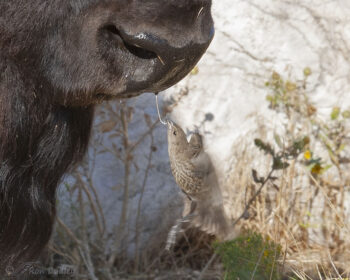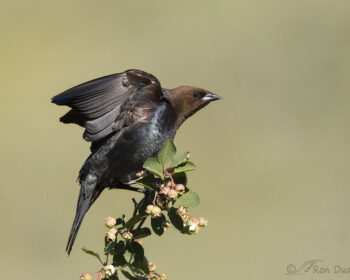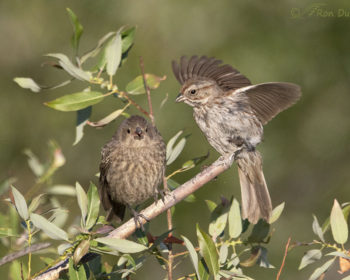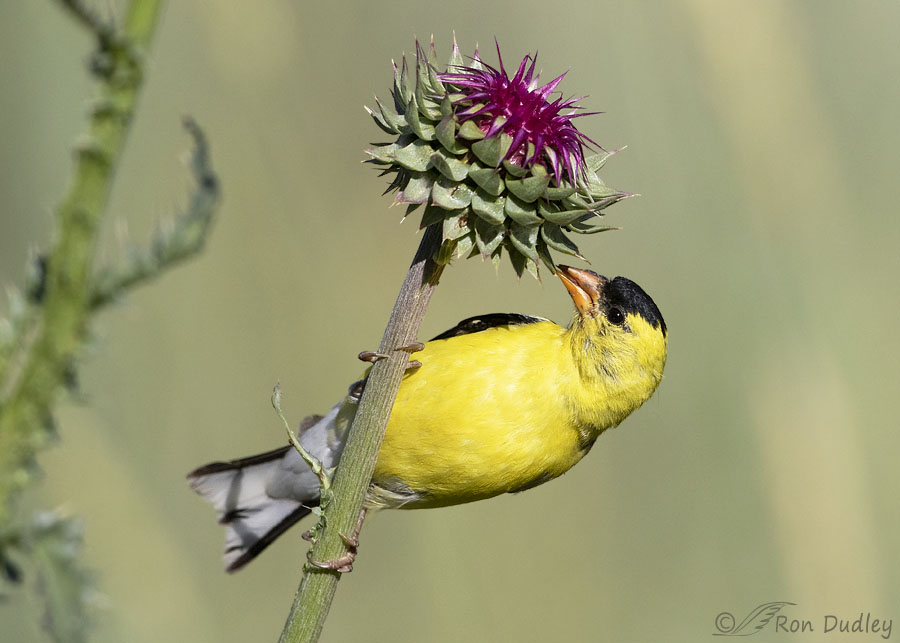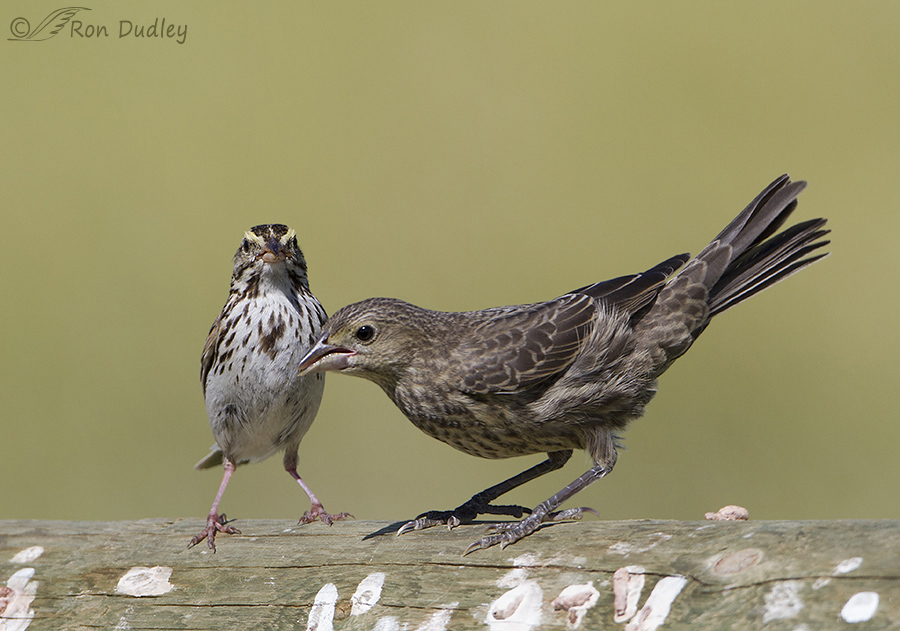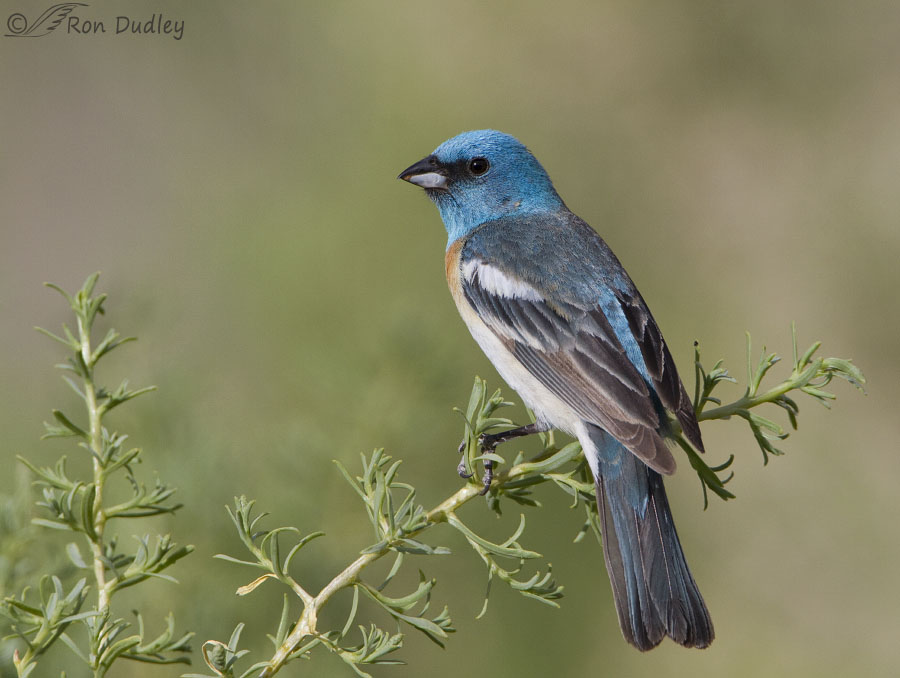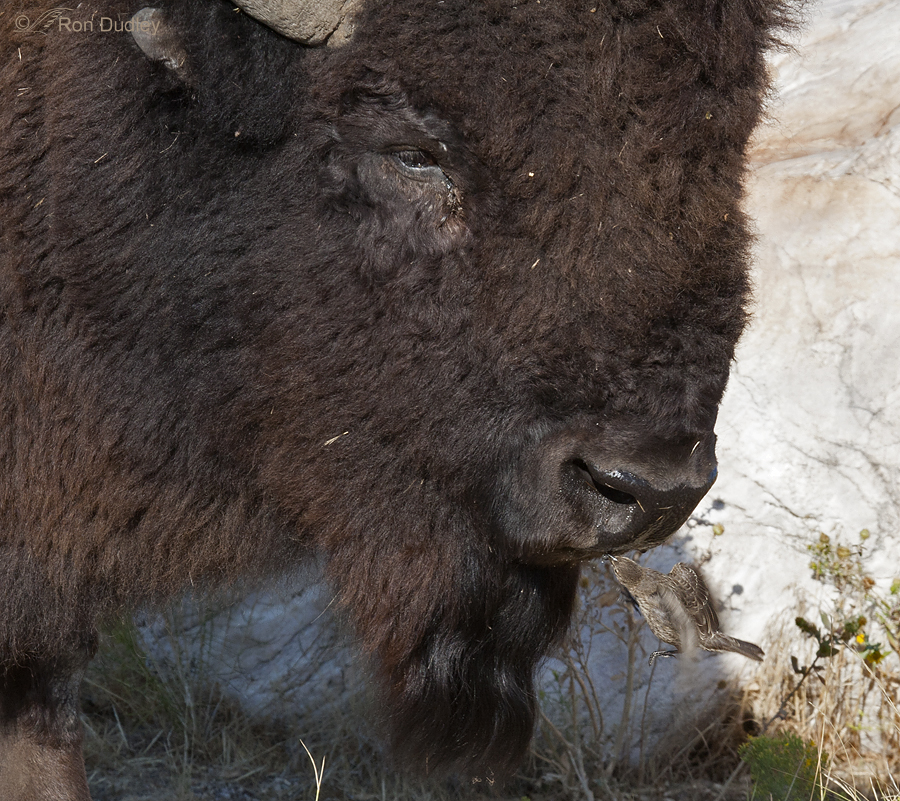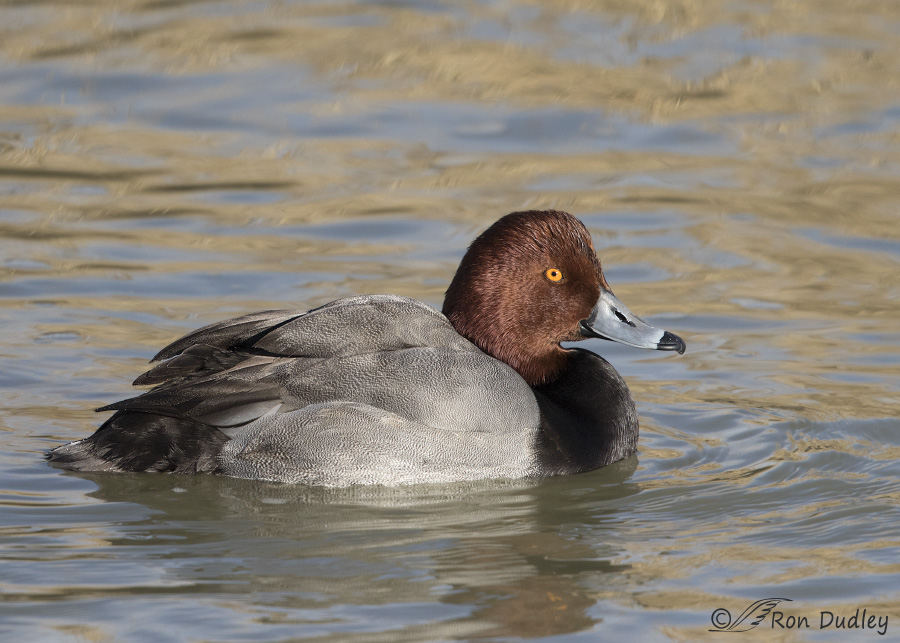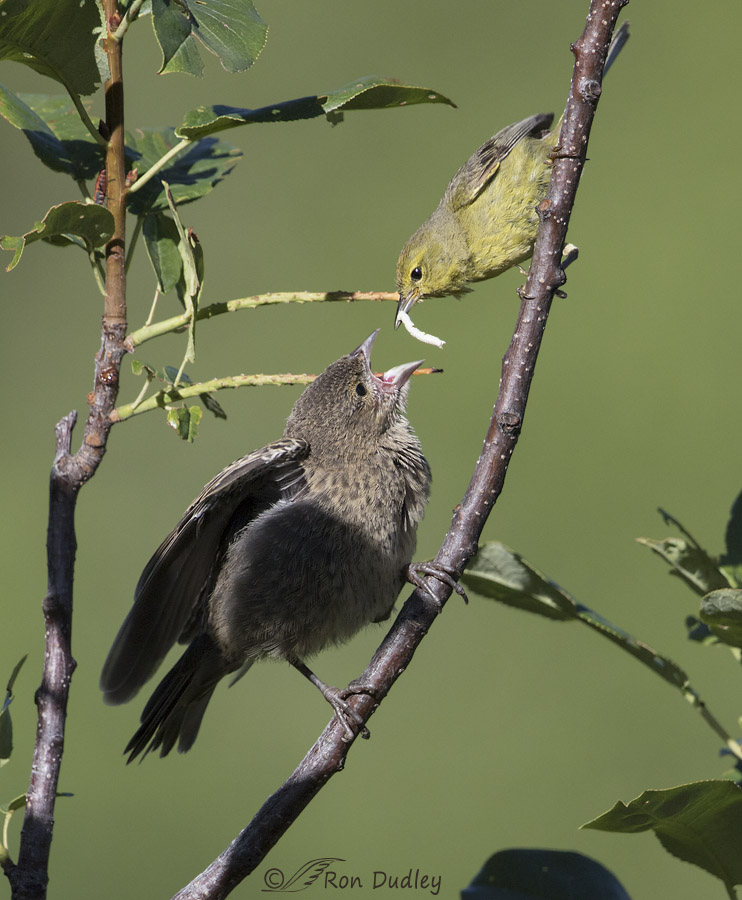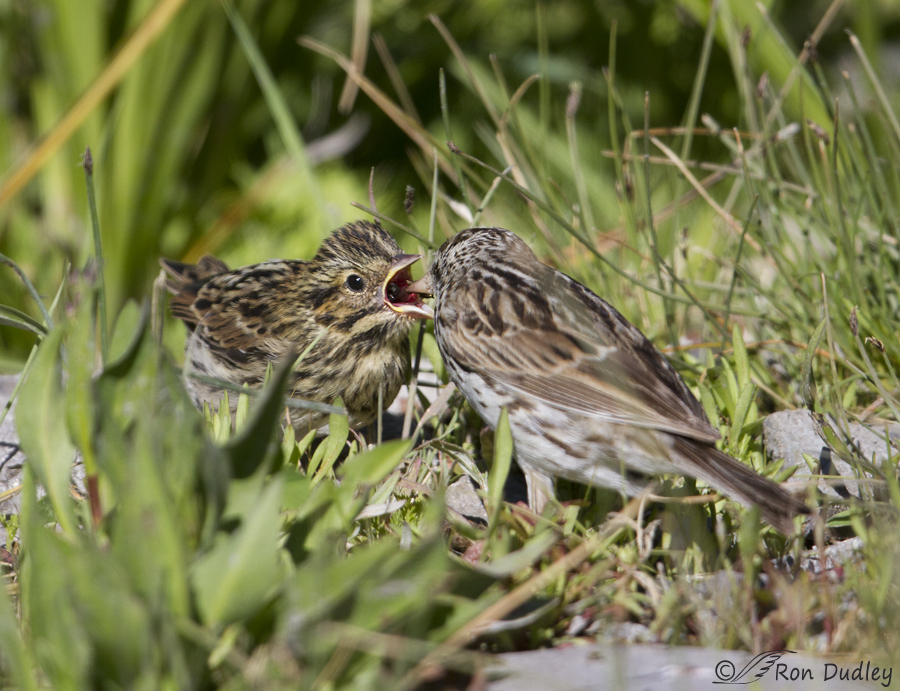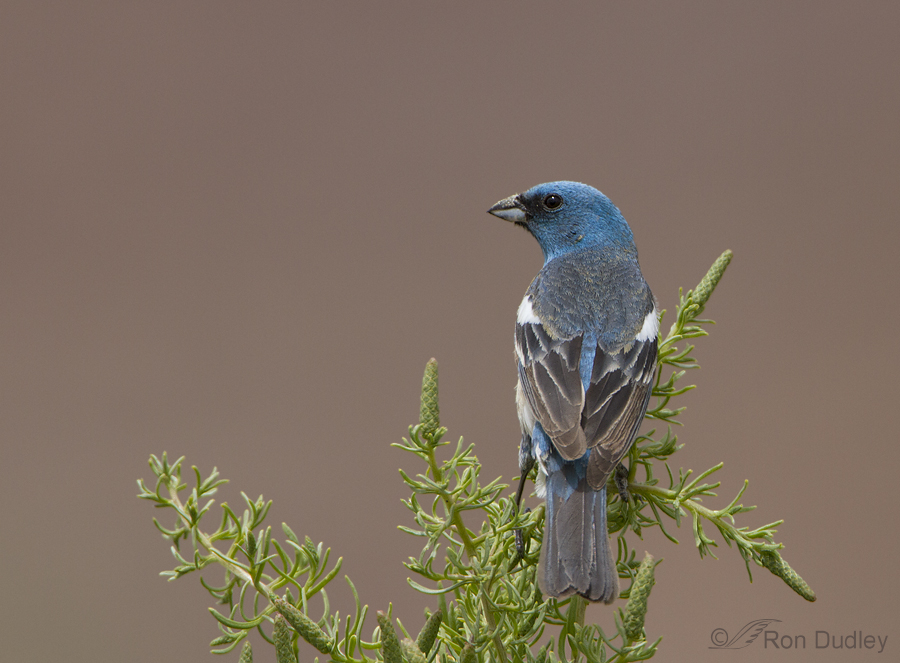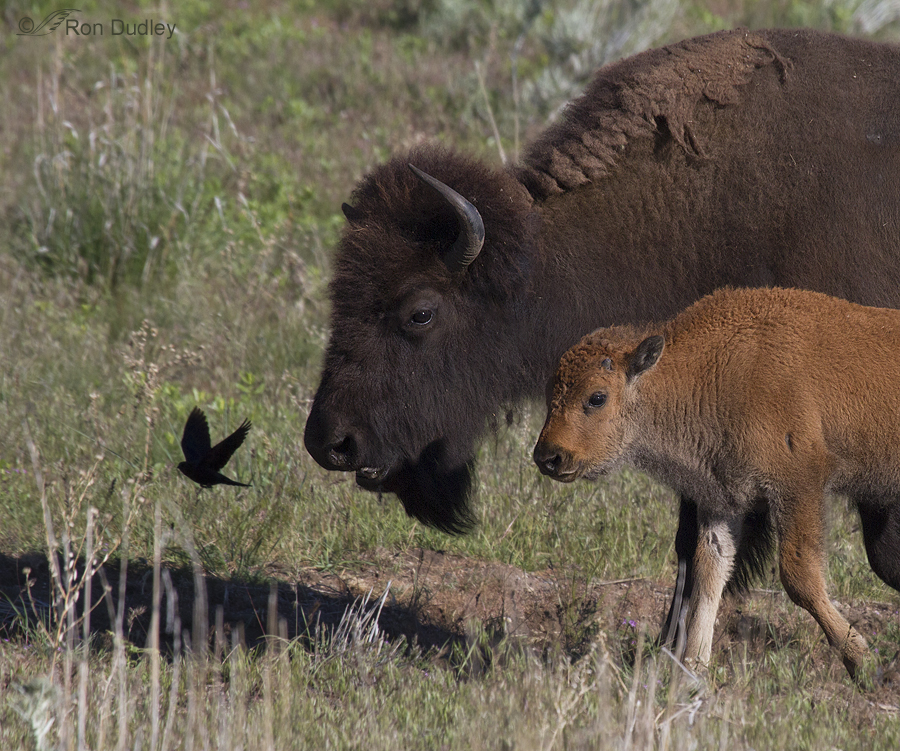Tag: brown headed cowbird
My Attempt At Making A Cowbird Look Good
Brood Parasitism of Song Sparrows by Brown-headed Cowbirds
American Goldfinch on Musk Thistle
The Dramatic Size Difference Between Parasitic Cowbirds And Their Host Species
Lazuli Bunting – A Swell Bird In “The Swell”
A Snot And Spit-drinking Cowbird
Redhead
Orange-crowned Warbler Parasitized By Cowbirds
Savannah Sparrow Feeding Fledgling
The American Goldfinch
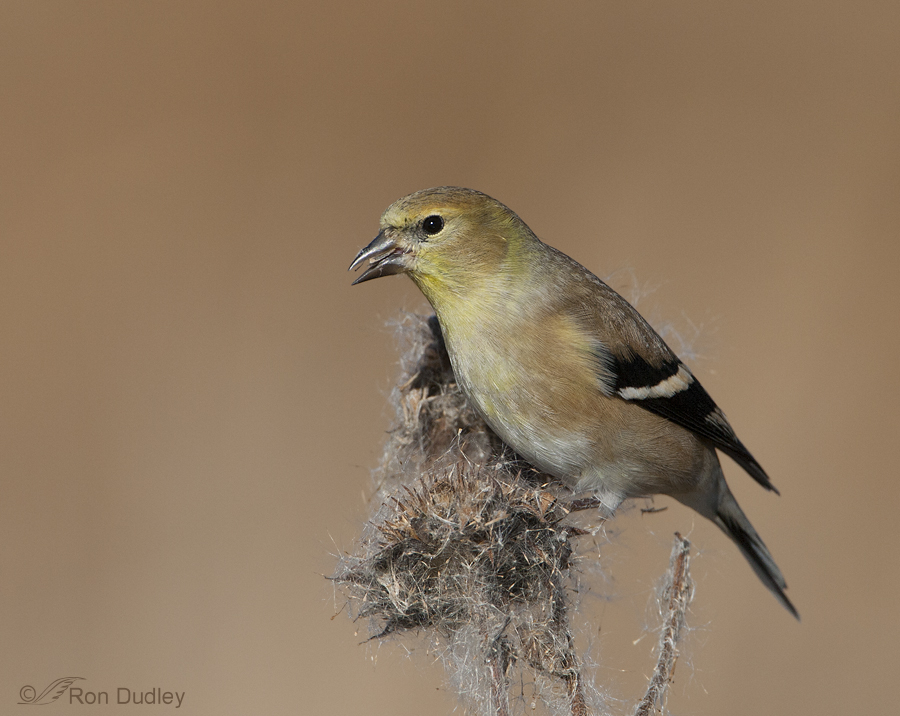
Due to ongoing copyright infringement issues I’ve recently spent enormous amounts of time registering many thousands of my images with the U.S. Copyright Office. During that process I ran across these American Goldfinch images that I’d essentially forgotten about. They were taken almost exactly 6 years ago (11/18/2007) when I was first learning bird photography.
Lazuli Buntings In The San Rafael Swell
A Serendipitous “Buffalo Bird” And A Bison Cow And Calf
Mucus-drinking Cowbird
Before Europeans came to North America and cleared forests which modified the environment into the agricultural and suburban landscapes of today, the range of the Brown-headed Cowbird was limited to the short-grass plains where they followed the almost endless herds of American Bison as they fed on the insects stirred up by those wandering behemoths. Early settlers so strongly associated them with bison that they were called “Buffalo Birds”. Today that relationship still exists wherever limited numbers of bison can still be found. Antelope Island is one of those places. One of the many challenges facing the cowbird was obtaining enough moisture as it followed the bison herds over the hot, rolling plains. In late summer several years ago I photographed a cowbird behavior that illustrated one of the ways they solved that problem. I found this huge bull languishing in the broiling sun next to a boulder that it had been using as a scratching post. A group of Brown-headed Cowbirds were in the vicinity but at first I wasn’t paying much attention to them. Then this female (at frame bottom) flew in close… and began flying at the nostrils of the bull. Initially I was unsure about what she was doing but she did it repeatedly and eventually it became clear that she was… drinking the mucus-laden secretions from the bison’s nostrils. She would actually hover in place as she gobbled down the long, stringy strands of mucus. Not a pretty sight and perhaps a bit unsettling to our human sensibilities but what an incredibly adaptive behavior…
Savannah Sparrow Parasitized By Cowbirds
Brown-headed Cowbirds are well-known for laying their eggs in the nests of other species – brood parasitism. A single cowbird female may lay up to 40 eggs in the nests of other species per season. More than 220 host species have been identified and at least 144 of those species have successfully raised the parasitic cowbird offspring. The physical size of the host species ranges from tiny 10 gram creepers to 150 gram meadowlarks. For a variety of reasons, the young of the parasitic cowbirds are more likely to survive than are those of the host species. The breeding success of the rare Kirtland’s Warbler has been severely reduced by cowbird brood parasitism. 1/1600 f/7.1, ISO 400, 500 f/4 On our recent trip to sw Montana we found this Savannah Sparrow bringing food (insects, mostly young grasshoppers) to one of its fledglings on a fence near our campground. 1/1600 f/6.3, ISO 400, 500 f/4 But the fledgling was a cowbird and not a Savannah Sparrow. Cowbirds are more than twice the size of Savannah Sparrows by weight and that difference is obvious here. 1/1600 f/7.1, ISO 400, 500 f/4 The cowbird youngster was boisterous and rambunctious when food was brought in. I actually had the impression that the adult sparrow was a little intimidated by the size and hyperactivity of the cowbird chick and the “parent” bird didn’t stick around for long when food was delivered. 1/1600 f/7.1, ISO 400, 500 f/4 After the chick swallowed this grasshopper the sparrow gave it another…


